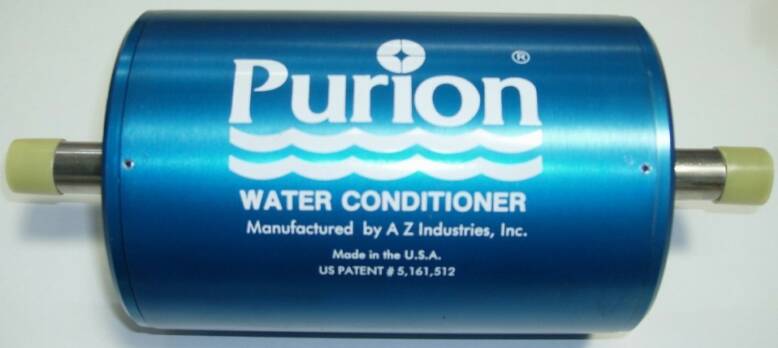

How a water conditioner works
Water conditioners, more commonly called water softeners, are a common appliance in parts of the country where water is "hard." Here's a look at how they work.
Hard water
When water is "hard," it means it has a lot of minerals in it. These minerals, usually calcium and magnesium are not harmful to people, but they can cause problems by building up in pipes and they leave residue behind on glasses, utensils and shower walls and doors. Hard water also can make soap and detergent less effective, so your things don't get as clean, and it can also leave your hair feeling lifeless and without body
How water is softened
To make the water soft by removing the minerals, you need a water conditioner. A water conditioner works to soften the water by removing the minerals from it. The way it does this is through a fairly complicated process. When you have a water softener in your home it is hooked up to your plumbing, and the water from your pipes goes through it before reaching your faucets.
When the water enters the water softener, it goes into a tank that is filled with beads that have a negative charge. Because calcium and magnesium are positively charged, they are attracted to these beads. Brine solution is then pumped through the tank, which causes the calcium and magnesium ions to be replaced by sodium ions. Once the calcium and magnesium ions are out of the water, it is no longer hard, and you now have soft water.